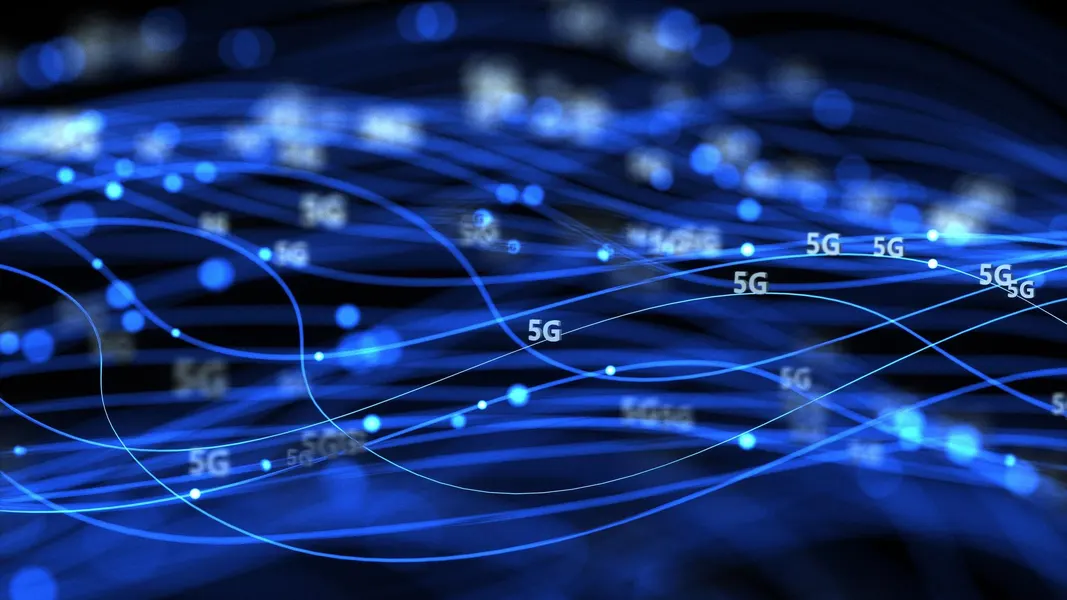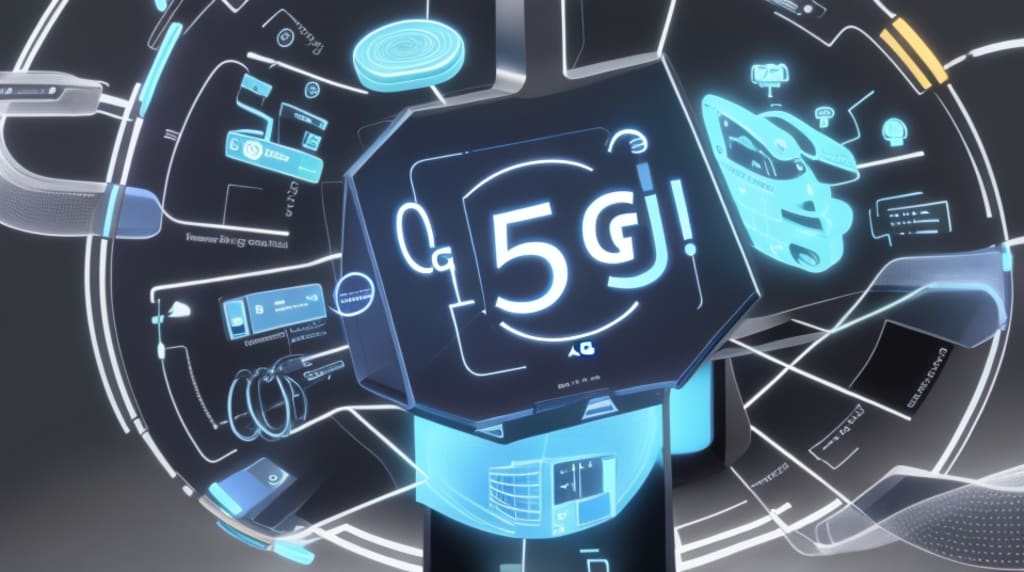The fifth-generation wireless technology, commonly known as 5G, is poised to revolutionize the way we connect and communicate. With its lightning-fast speeds, ultra-low latency, and massive connectivity, 5G is set to unlock new possibilities for industries, transform user experiences, and drive innovation. In this article, we explore the rise of 5G and its potential to reshape connectivity and communication.

1. Faster Speeds and Enhanced Capacity:
5G offers significantly faster download and upload speeds compared to its predecessors. With peak speeds reaching up to 20 gigabits per second, users can enjoy seamless streaming of high-definition content, instant downloads of large files, and real-time interactive experiences. The increased capacity of 5G networks allows for more simultaneous connections and a smoother user experience, even in densely populated areas.
2. Ultra-Low Latency:
One of the defining features of 5G is its ultra-low latency, which refers to the minimal delay in data transmission. With latency reduced to a few milliseconds, 5G enables near-instantaneous communication and real-time responsiveness. This opens up opportunities for applications that require instant feedback, such as autonomous vehicles, remote robotic surgeries, and immersive augmented reality experiences.
3. Massive IoT Connectivity:
5G networks are designed to handle a massive number of connected devices simultaneously. This capability is crucial for the Internet of Things (IoT) ecosystem, where billions of devices and sensors are expected to be interconnected. 5G’s increased capacity and efficiency enable seamless connectivity and communication between various IoT devices, leading to advancements in smart cities, industrial automation, and healthcare monitoring.
4. Transforming Industries:
5G has the potential to revolutionize various industries, driving innovation and transforming business operations. Industries such as manufacturing, transportation, healthcare, and entertainment can benefit from 5G-enabled technologies. For example, manufacturing processes can become more efficient with the use of real-time data analytics and machine-to-machine communication. Telemedicine and remote patient monitoring can be enhanced with high-quality video consultations and reliable connectivity.
5. Edge Computing and Distributed Intelligence:
5G networks, combined with edge computing infrastructure, enable distributed intelligence and processing capabilities. By bringing computational power closer to the network edge, latency-sensitive applications can benefit from faster response times and reduced reliance on centralized cloud infrastructure. Edge computing also supports real-time data processing, enabling near-instantaneous decision-making and enabling applications such as autonomous vehicles and smart city systems.
6. Enabling Technological Advancements:
5G acts as a catalyst for other emerging technologies, unlocking their full potential. Technologies such as augmented reality (AR), virtual reality (VR), artificial intelligence (AI), and autonomous systems can thrive on 5G networks. AR and VR experiences can become more immersive and interactive, while AI algorithms can process vast amounts of data in real-time. Autonomous vehicles and drones can benefit from reliable and low-latency communication, enhancing their capabilities.
7. Evolving Communication Landscape:
5G brings fundamental changes to the way we communicate and interact. High-quality video calls, seamless video conferencing, and immersive virtual meetings become the norm. Communication applications and services can leverage 5G’s capabilities to deliver enhanced experiences, empowering individuals and businesses to collaborate more effectively across distances.

Conclusion:
The rise of 5G is poised to revolutionize connectivity and communication. With its faster speeds, ultra-low latency, massive IoT connectivity, and transformative capabilities across industries, 5G opens up new frontiers for innovation, productivity, and user experiences. As 5G networks continue to expand globally, the full potential of this technology will be realized, driving advancements in areas such as smart cities, healthcare, autonomous systems, and immersive technologies. Embracing the opportunities presented by 5G
will shape the future of connectivity and communication, creating a more connected and intelligent world.